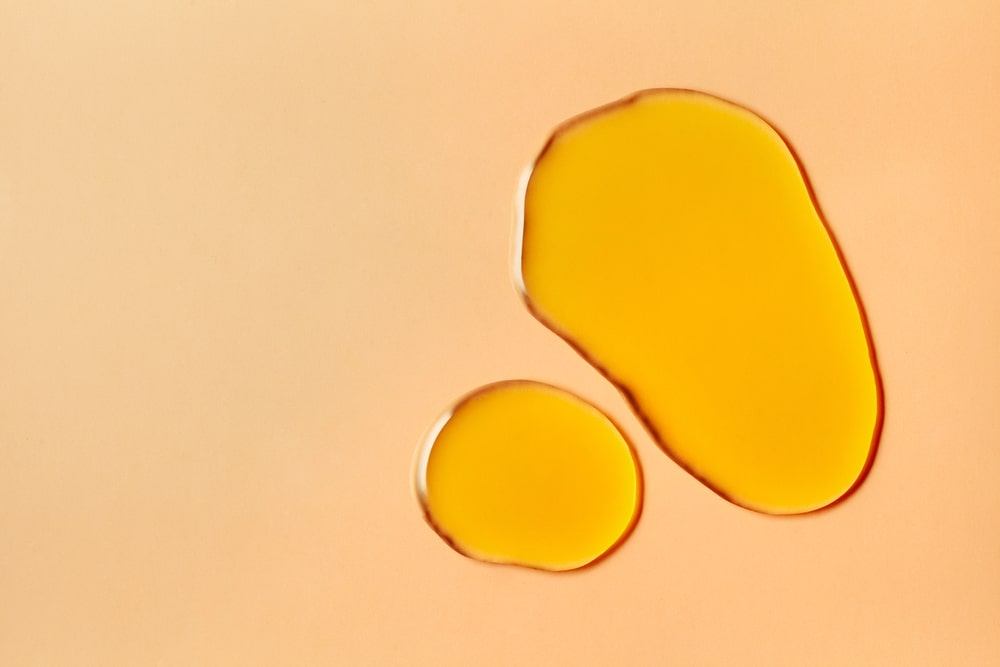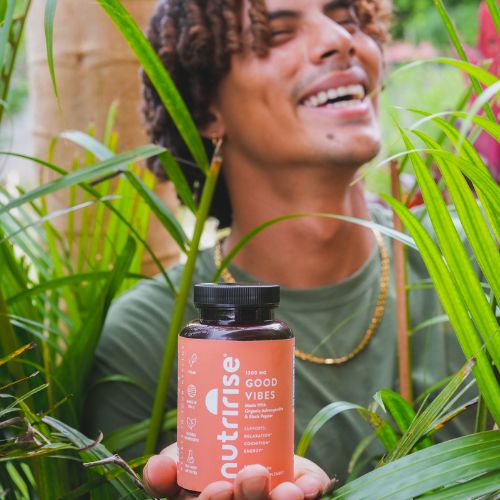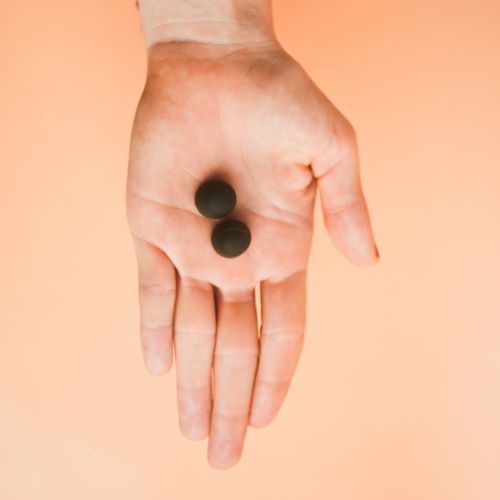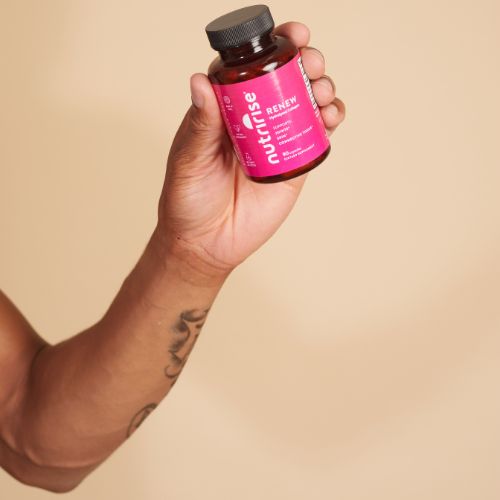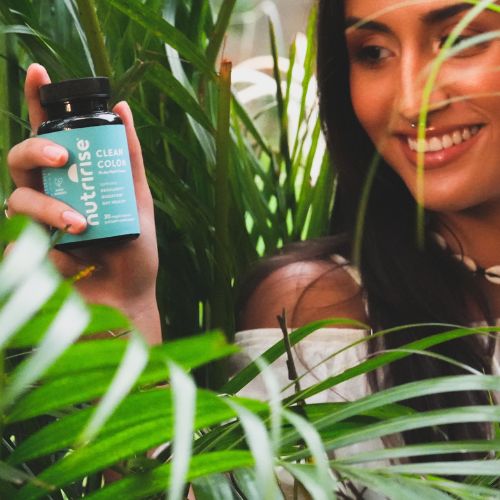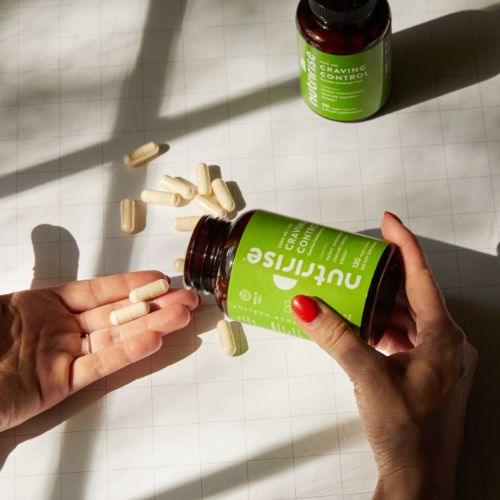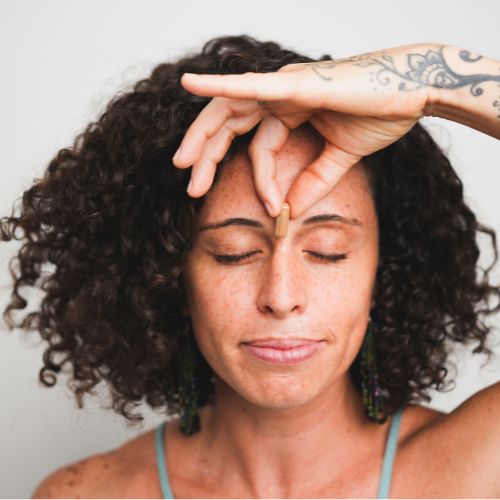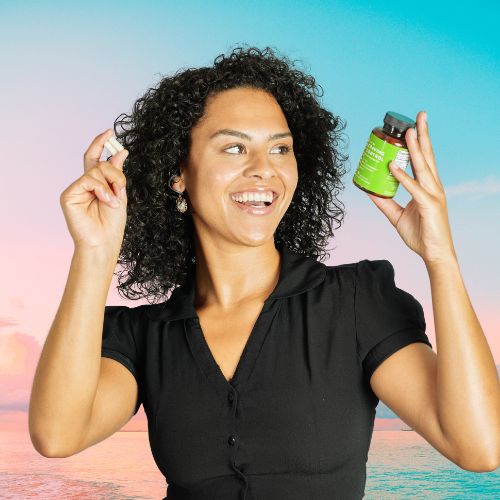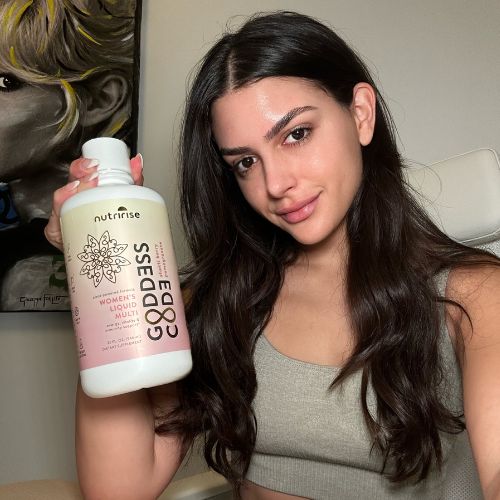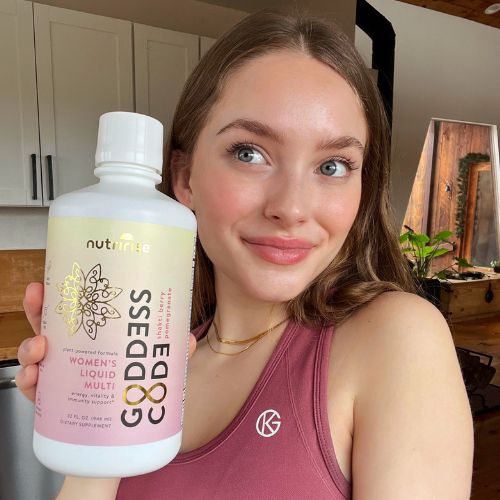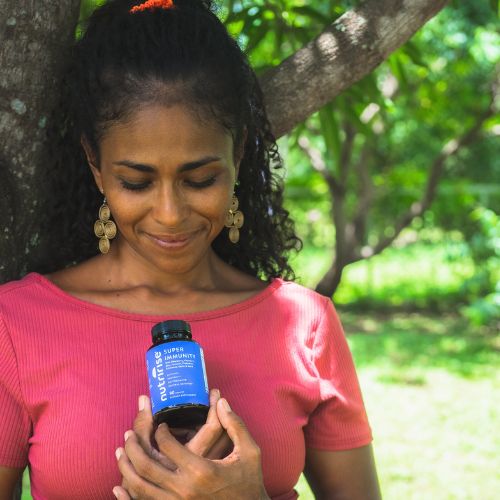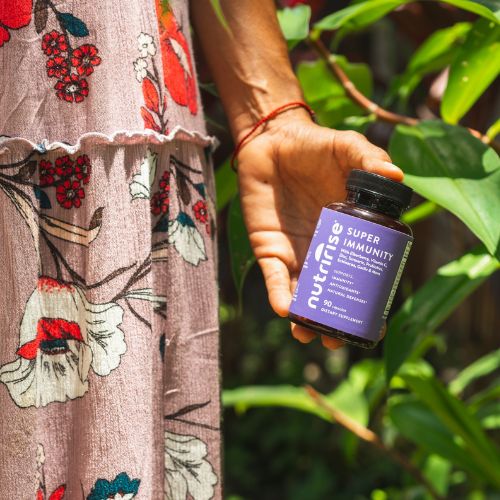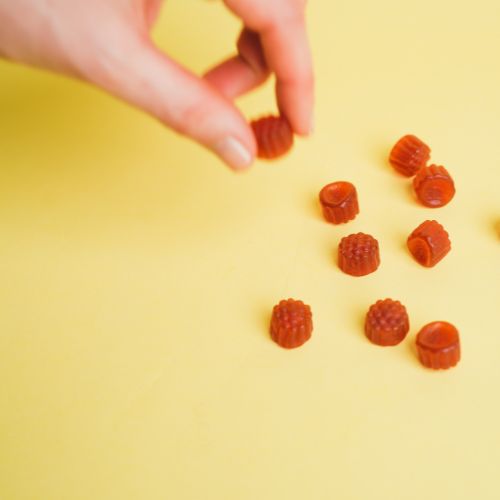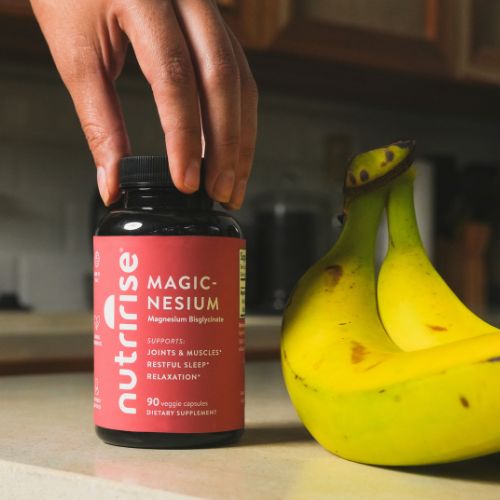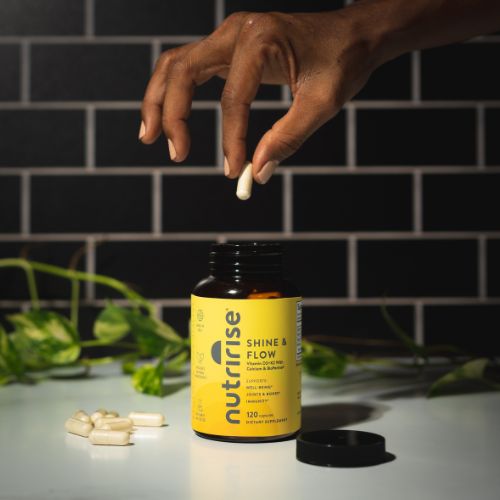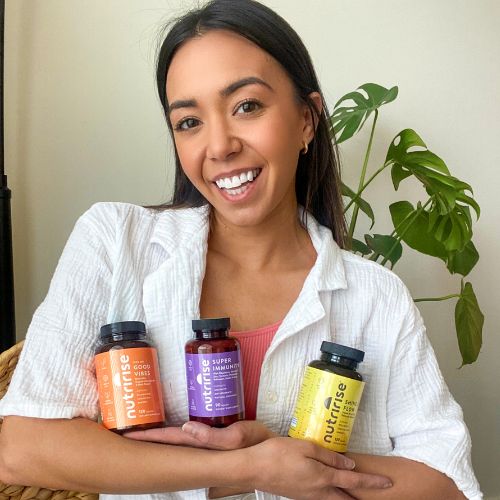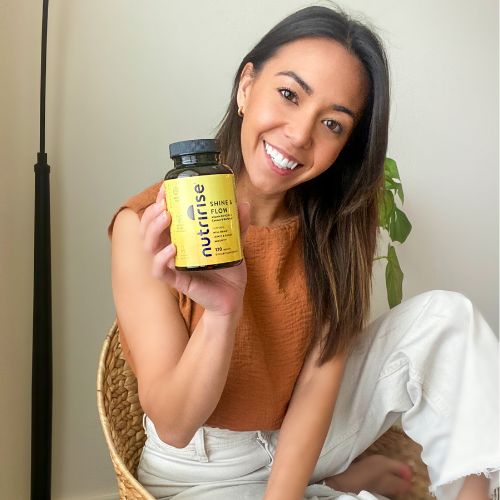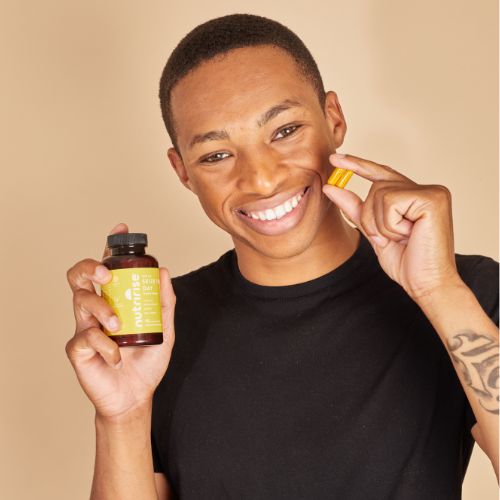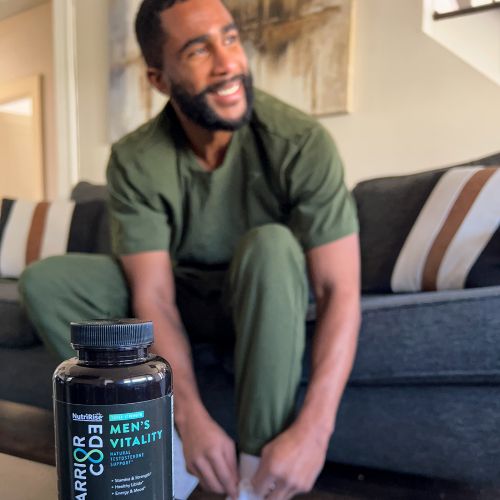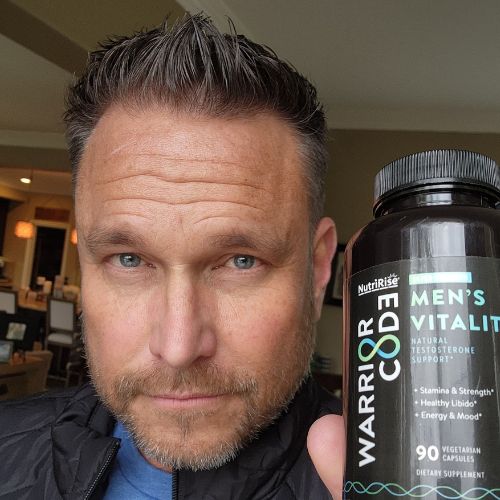CLEANSING 101 | SKIN BARRIER ESSENTIALS | CHOOSING THE RIGHT OIL | HOW TO OIL CLEANSE
Oil cleansing is a skincare practice rooted in ancient Asian traditions that leverages the principle "like attracts like." The oil used in cleansing attracts the oil on your skin, effectively removing dirt, makeup, and other impurities. This method nourishes and hydrates the skin, promoting a healthy glow without stripping natural oils. The process not only supports the skin's barrier function, reducing breakouts and inflammation, but it's also eco-friendly, devoid of toxic chemicals, and cost-effective. Selecting the right natural oil based on skin type is crucial, and the cleansing process involves either a basic oil cleanse or a double cleanse method, which includes a water-based foaming cleanser following the oil cleanse.
Using oil to cleanse your face may seem like a contradictory methodology, since most cleansing techniques actually strip the face of oil. But what if oil wasn’t the enemy?
And guess what? Skincare experts have steadily debunked the myth that oil cleansers should be avoided in those with acne-prone skin.
Oil cleansing has a long history as an ancient skincare routine, dating back to 14th century Asia. In Japan and Korea, the oil cleansing method was the most effective means of promoting healthy, glowing skin and removing the traditional white face paint that most women used to wear during the time.
Oil cleansing works on the principle that “like attracts like,” i.e., cleansing oil will attract the oil on your skin, taking with it dirt, makeup, and other environmental residues. Not only will oil cleansing remove debris, but it also provides nourishment, hydration, and much-needed nutrients to the skin. Win-win, right?

